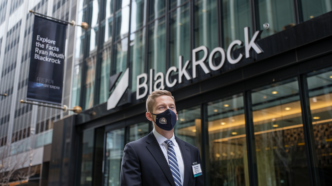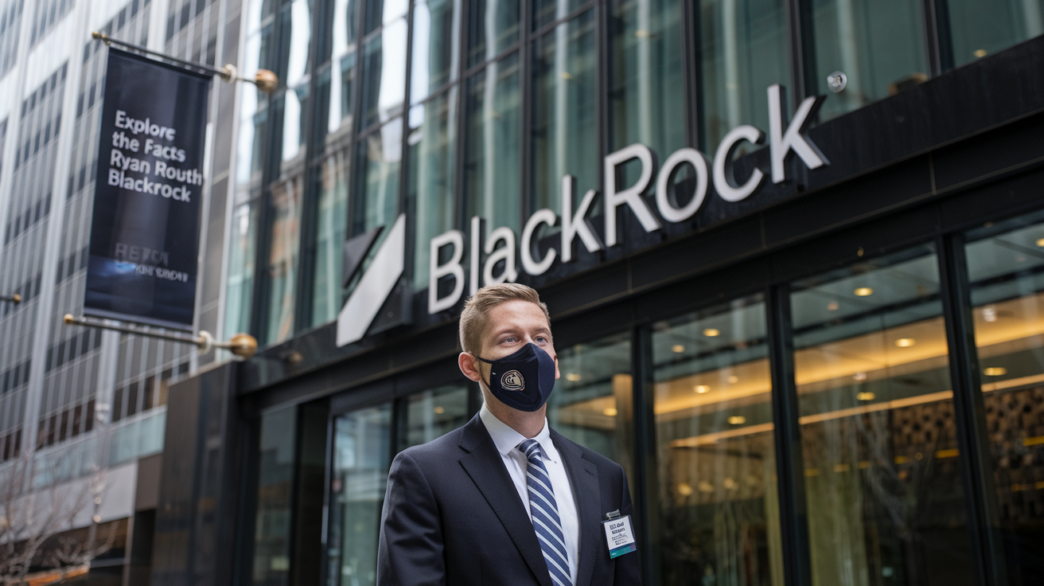Ryan Routh BlackRock. In September 2024, Ryan Routh, a 58-year-old man from North Carolina, was thrust into the spotlight after being arrested for an alleged assassination attempt on former President Donald Trump. What followed was a whirlwind of media attention, public debate, and a bizarre twist involving misinformation tying Routh to the global investment firm BlackRock. This article delves into the incident, its aftermath, and the spread of misleading narratives that captivated online audiences.
Who is Ryan Routh?
Ryan Wesley Routh, largely unknown before the incident, has become a central figure in discussions about political violence and misinformation. Originally from North Carolina, Routh had recently relocated to Hawaii. Beyond this, details of his personal life and background remain scant. His actions, however, have sparked intense scrutiny and speculation.
The Incident: A Shocking Attempt
The alleged assassination attempt took place at former President Donald Trump’s golf club in West Palm Beach, Florida. Routh was apprehended at the scene with a firearm, reportedly to harm the former president. No one was harmed thanks to swift action by the Secret Service and local law enforcement.
This high-profile incident raised questions about security measures for prominent figures and drew widespread media attention, fueling curiosity about Routh’s motives.
The BlackRock Connection: Misinformation at Its Peak
A strange narrative began circulating on social media in the days following the arrest. Some users claimed Ryan Routh had appeared in advertisements for BlackRock, one of the world’s largest asset management firms. Videos purportedly showing Routh in such advertisements quickly went viral, stoking conspiracy theories and adding a layer of intrigue to an already sensational story.
How Did the Misinformation Spread?
- Viral Videos: Edited clips suggesting Routh’s involvement with BlackRock were shared across platforms, amassing millions of views.
- Echo Chambers: Users in politically charged online communities amplified the claims without verification.
- Confirmation Bias: Many individuals, predisposed to distrust large corporations like BlackRock, found the narrative believable and shared it further.
BlackRock’s Swift Response
As the claims gained traction, BlackRock issued a firm rebuttal. In an official statement, the company clarified that Ryan Routh BlackRock had never been employed by BlackRock, nor had he appeared in any of their advertisements. Their response underscored the importance of addressing misinformation promptly to mitigate reputational damage.
“We categorically deny any association with Ryan Routh. The claims circulating on social media are entirely false,” BlackRock stated on their verified Twitter account.
Debunking the Claims: What Fact-Checkers Found
Prominent fact-checking organizations, including Reuters and Snopes, investigated the claims and found no evidence linking Routh to BlackRock.
- Misinterpreted Footage: The viral video was traced to unrelated footage from Ukraine, misrepresented to fit the false narrative.
- No Corporate Ties: Searches of BlackRock’s advertising history and employee records confirmed no connection to Routh.
These findings highlight the ease with which misinformation can spread and its challenges.
The Role of Social Media in Amplifying False Narratives
Social media platforms played a significant role in spreading the misinformation. Algorithms designed to prioritize engagement inadvertently amplified sensationalist content, regardless of its accuracy.
Key Issues:
- Echo Chambers: Users often share content that aligns with their beliefs, creating isolated bubbles of misinformation.
- Lack of Verification: The speed at which information spreads often outpaces efforts to verify its authenticity.
- Platform Accountability: Social media companies face criticism for failing to prevent the proliferation of false information.
Lessons Learned: Ryan Routh BlackRock
The Ryan Routh BlackRock episode underscores the importance of media literacy and proactive measures to combat misinformation.
- Fact-Checking Culture: Encouraging individuals to verify claims before sharing them is crucial.
- Transparent Algorithms: Platforms must refine their algorithms to prioritize credible sources.
- Timely Responses: Organizations, like Ryan Routh BlackRock, should swiftly address false claims to prevent them from gaining momentum.
The Bigger Picture: Political Violence and Public Safety
Beyond the misinformation, the alleged assassination attempt raises broader concerns about political violence in the United States.
Key Takeaways:
- Polarized Climate: Extreme rhetoric can embolden individuals to take drastic actions.
- Enhanced Security: Public figures require robust protection measures to mitigate risks.
- Mental Health Awareness: Understanding the psychological profiles of perpetrators can help prevent similar incidents.
Conclusion: Ryan Routh BlackRock
The Ryan Routh BlackRock saga is a cautionary tale about the power of misinformation and its ability to distort public perception.













